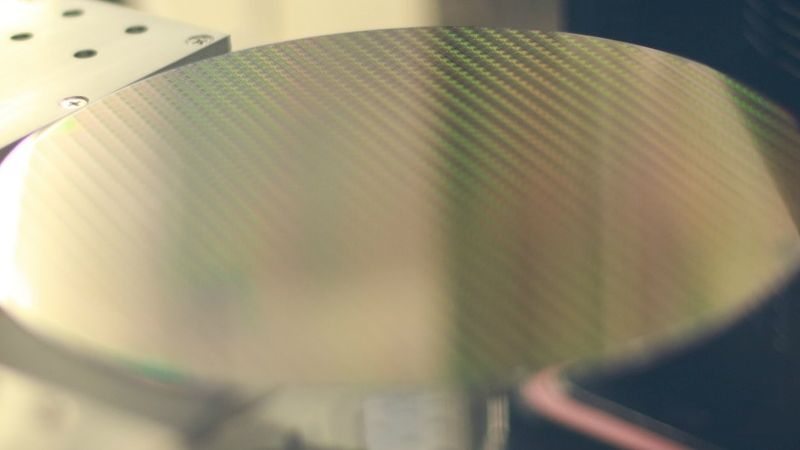China’s SMIC is the flagship of the country’s semiconductor industry, so much of Western policymaking has focused on curbing its technological development. Although SMIC grew revenue by 31.5% last quarter, its net profit fell 38.4% year-on-year.

Image Source: SMIC
It is possible that operating under sanctions predictably increases SMIC’s costs, which is why its profits are shrinking even as revenues grow. The latter trend suggests that demand for the company’s services remains strong, as its Chinese clients in many cases have no choice but to cooperate with SMIC amid growing sanctions. In addition, Chinese contract manufacturers are fiercely competing with each other, which also leads to a decline in business profitability.
SMIC’s quarterly revenue rose 31.5% to $2.2 billion, while analysts polled by LSEG had on average forecast $2.18 billion. Not only did profit fall 38.4% year-on-year to $107.6 million, it also fell well short of analyst expectations of around $193 million.
SMIC’s capital expenditures increased slightly last year, to $7.33 billion versus $7.3 billion a year earlier, but in 2021 this figure did not exceed $4.5 billion. The company’s profit margin fell to 20% in 2023 versus more than 30% in the period from 2021 to 2022. Last quarter, SMIC’s profit margin increased from 16.4% to 22.6% year-on-year, so the situation with business marginality does not look so critical.
Recall that the January report of TSMC, the world’s largest contract chipmaker, confirmed the continued high demand for components for artificial intelligence systems. However, under sanctions, it is difficult for SMIC to repeat the success of its Taiwanese competitor, since it has only recently mastered the production of 7-nm chips in limited quantities and at high costs, while TSMC plans to begin production of 2-nm products this year.
A report by Counterpoint Research found that global contract manufacturers’ revenue grew by 22% last year, and growth may be limited to 20% this year, but market participants will collectively increase their output volumes by an average of 10.9% per month.